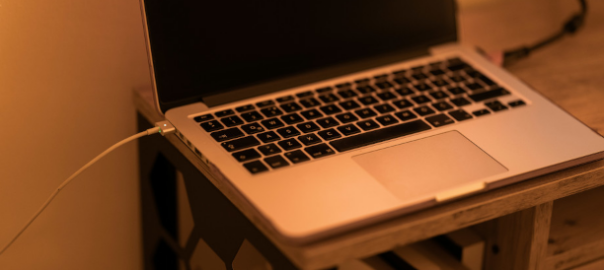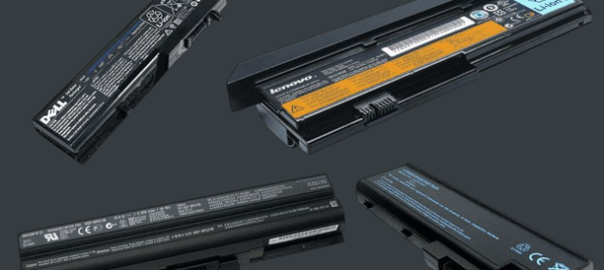Common Mistakes That Reduce Laptop Battery Life

Your laptop’s battery is one of its most important components, but improper usage can drastically shorten its lifespan. Many users unknowingly make mistakes that lead to faster battery degradation, reducing overall performance and efficiency. Below are some of the most common mistakes that can harm your laptop battery and how to avoid them.
1. Letting the Battery Drain to 0% Frequently
One of the biggest mistakes users make is allowing the battery to fully discharge before recharging. Lithium-ion batteries, which are used in most modern laptops, perform best when kept between 20% and 80% charge. Repeatedly draining the battery to 0% puts excessive stress on the cells, shortening its lifespan.
✅ Solution: Charge your laptop before it drops below 20%, and unplug it around 80-90% for long-term battery health.
2. Keeping the Laptop Plugged in All the Time
Leaving your laptop plugged in at 100% charge continuously can cause battery wear over time. While modern laptops have mechanisms to prevent overcharging, staying at full capacity generates heat, which gradually degrades battery performance.
✅ Solution: If you use your laptop mostly on AC power, consider enabling battery preservation mode (available on some laptops) or unplugging it periodically to allow slight discharges.
3. Using an Unofficial or Low-Quality Charger
Using a cheap, non-branded, or incompatible charger can deliver incorrect voltage and damage the battery. Some third-party chargers may cause overheating, reduce charging efficiency, or even lead to permanent battery failure.
✅ Solution: Always use the manufacturer-recommended charger or a high-quality replacement that meets the same power specifications.
4. Exposing the Laptop to Excessive Heat
Heat is one of the biggest battery killers. Using a laptop on a soft surface (like a bed or couch) can block ventilation, causing the system to overheat. High temperatures accelerate battery degradation and can lead to swelling or reduced capacity.
✅ Solution: Keep your laptop in a cool, well-ventilated area, and use it on a hard, flat surface to maintain proper airflow. Consider a cooling pad if you frequently use demanding applications.
5. Running Too Many Background Applications
Excessive background processes drain battery life quickly and cause the system to generate more heat, which in turn affects battery health. Common culprits include auto-start programs, unnecessary browser tabs, and high-performance settings.
✅ Solution: Close unused applications, disable unnecessary startup programs, and adjust power settings to optimize battery efficiency.
6. Ignoring Battery Calibration
Over time, your laptop’s battery indicator may become inaccurate, showing incorrect percentages. This happens when the system loses track of the battery’s actual charge capacity.
✅ Solution: Occasionally calibrate your battery by fully charging it to 100%, then using it until it reaches around 5-10% before recharging. However, do not do this frequently, as deep discharges can shorten battery lifespan.
7. Storing the Laptop with an Empty Battery
If you plan to store your laptop for an extended period, leaving it with a completely drained battery can cause it to enter deep discharge, making it difficult or impossible to charge again.
✅ Solution: Store your laptop with 40-50% charge and in a cool, dry place to prevent battery degradation.
Final Thoughts
Laptop batteries are designed to last 2-4 years, but poor usage habits can shorten their lifespan. By avoiding these common mistakes and following proper battery care practices, you can extend your laptop battery’s life and maintain its efficiency for a longer time.



